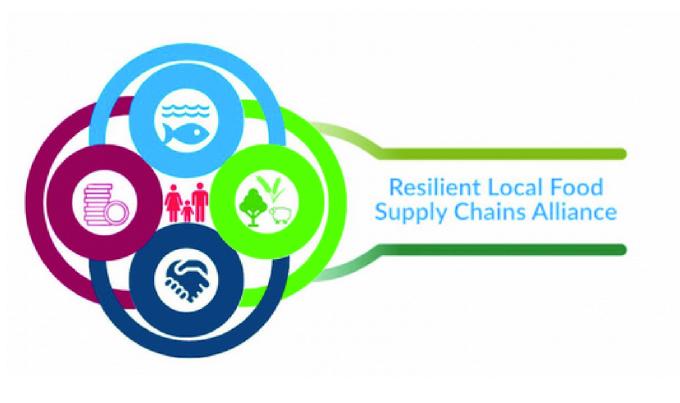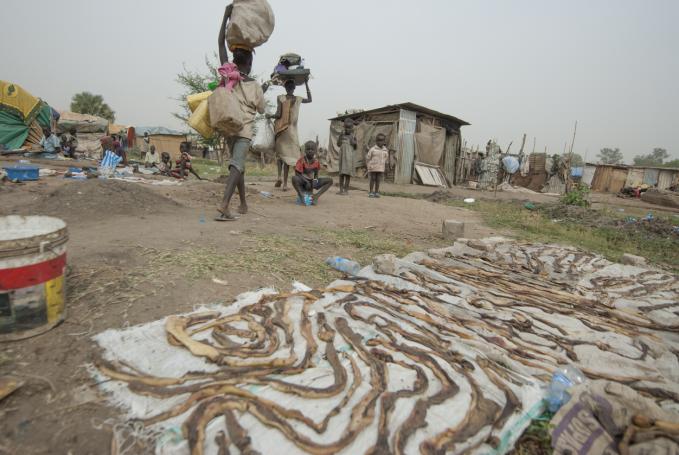THESIS & RESEARCHES

Evapotranspiration assessment using remote sensing for sustainable agricultural water use in Egypt
Year:
2020
Author:
Abdelmoteleb Kareem Hamde Ahmed
Remote Sensing (RS) based Actual Evapotranspiration (ETa) estimated during a two-year period with two models, i.e. Operational Simplified Surface Energy Balance (SSEBop-v4) as a readily available RS ETa product and Surface Energy Balance Algorithm for Land (SEBAL) a manually calculated ETa from raw RS data, was assessed for validation and estimation of Irrigation Water Use Efficiency (IWUE). The study is implemented on a 2.1 ha pilot farm located on Cairo-Alexandria desert road Km-74. Local meteorological data from Wadi El-Natroun station and available crop coefficients (Kc) were used to calculate FAO Penman-Monteith based Crop Evapotranspiration (ETc) in the absence of any possible ground measurements. When compared to ETc, SSEBop-v4 ETa and SEBAL ETa estimates showed: a Coefficient of Determination (R2) equal to 0.88 and 0.99 in 2018 and 0.69 and 0.97 in 2019, and a Root Mean Square Error (RMSE) of 103.8 mm/month and 13.3 mm/month in 2018 and 115.2 mm/month and 34.35 mm/month in 2019 respectively. The RMSE for SEBAL corresponds to 9℅ of the average Monthly ETc, while the RMSE for SSEBop-v4 corresponds to 70% of the average Monthly ETc. SEBAL also showed better correlation with IWUE calculated based on farm actual management and irrigation scheduling. 2018/2019 Average Annual ETc volume/Annual Applied Irrigation volume resulted in an IWUE of 78.4℅, compared to Average ETa volume (SEBAL) / Annual Applied Irrigation volume resulted in an IWUE of 73 ℅. While Average ETa volume (SSEBop-v4)/ Annual Applied Irrigation volume resulted in an IWUE of 25.6℅.
Supervisor:
M. El Kholy, K. Abu Zeid and R. Khadra
Collaboration:
CIHEAM












